 Welcome!
Welcome!
Saving Endangered Species
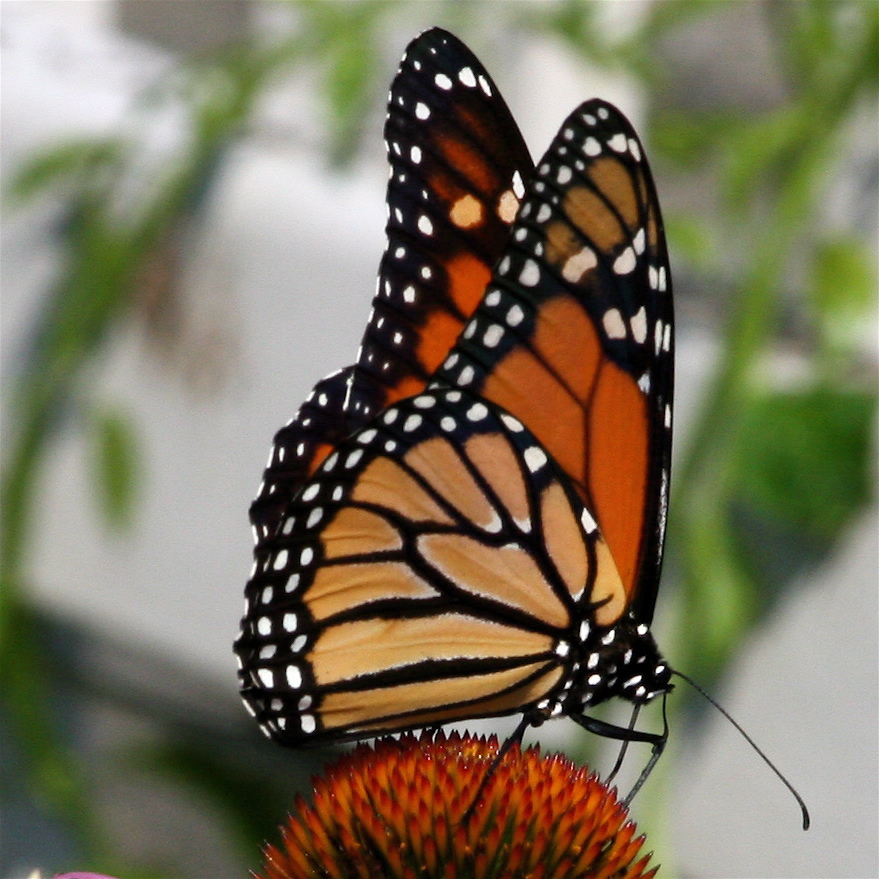 Endangered Species Day 2021, held May 21, serves as a reminder for people around the world to focus on the loss of flora and fauna and to recommit to saving species. Green Thumb joins this worldwide effort by rolling out a number of pieces on endangered species in the next few days.
Endangered Species Day 2021, held May 21, serves as a reminder for people around the world to focus on the loss of flora and fauna and to recommit to saving species. Green Thumb joins this worldwide effort by rolling out a number of pieces on endangered species in the next few days.
Extinction is forever. And the lesson the Earth teaches us is that we are all interconnected – predator and prey, pollinator and plant – in an ingenious ecosystem of biodiversity that feeds and nourishes us all if we respect the rules.
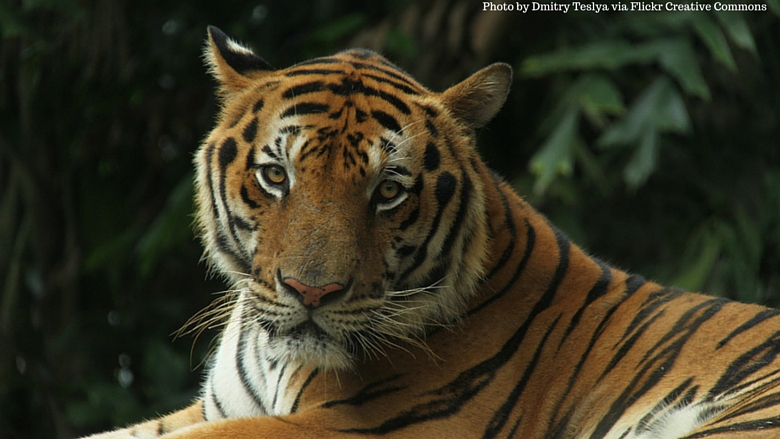 But as we know, humans have rigged the rules with industrialization and pollution, pesticides and poaching. For example, the largest mammal on earth, the African elephant, has been around for thousands of years. They are intelligent, empathetic animals that communicate with language, though we haven’t yet been able to crack their code. Matriarchs nurture and lead small families. They weigh tons and are built to roam long distances, reseeding plants as they forage along their ancient trails. In general, they have no wish for conflict with humans, but they have learned that they cannot withstand the rifles of poachers or the arrows of subsistence farmers whose crops they have raided.
But as we know, humans have rigged the rules with industrialization and pollution, pesticides and poaching. For example, the largest mammal on earth, the African elephant, has been around for thousands of years. They are intelligent, empathetic animals that communicate with language, though we haven’t yet been able to crack their code. Matriarchs nurture and lead small families. They weigh tons and are built to roam long distances, reseeding plants as they forage along their ancient trails. In general, they have no wish for conflict with humans, but they have learned that they cannot withstand the rifles of poachers or the arrows of subsistence farmers whose crops they have raided.
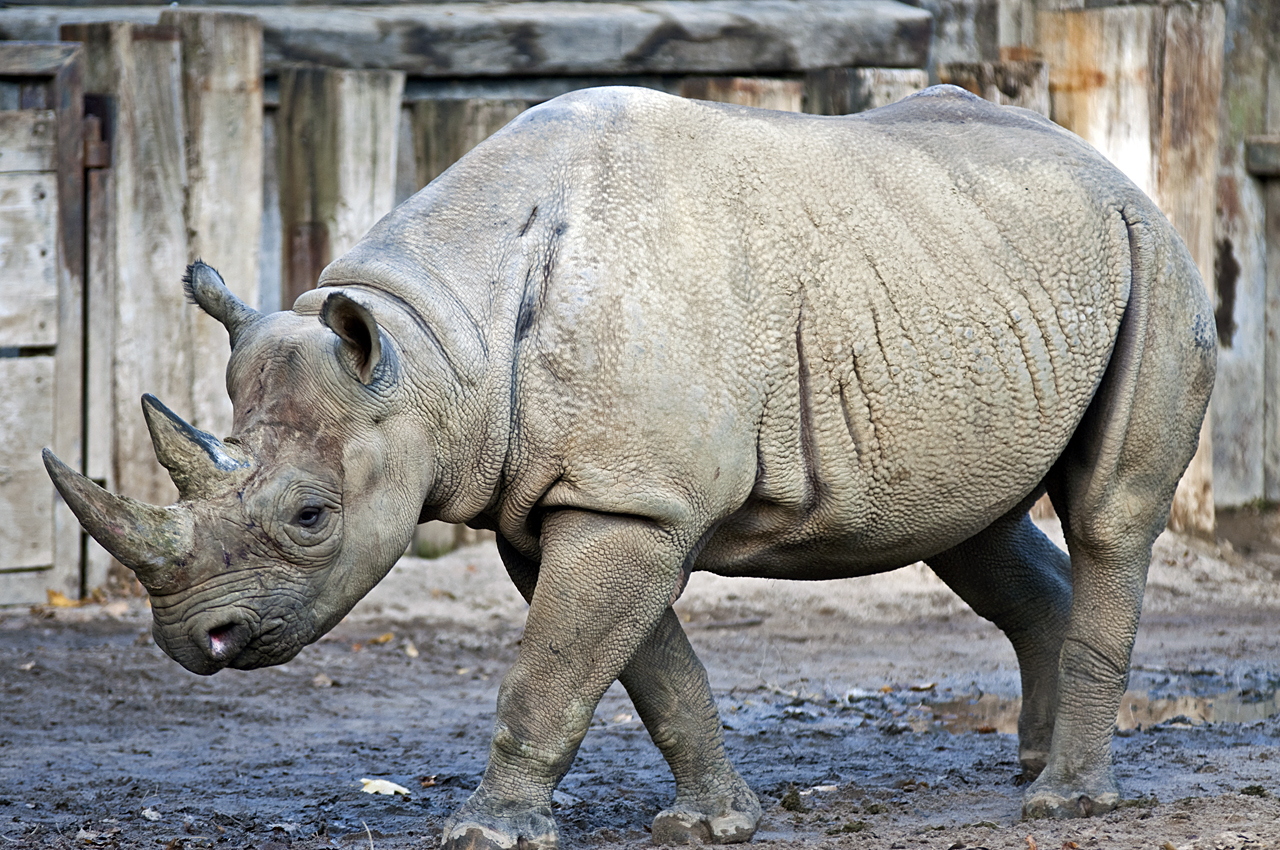 Most endangered species face extinction because of climate change, habitat loss, poaching, game hunting, wars and human conflict. In other words, we take away their ancestral homes, we deprive them of their habitat and we kill them, for example, for ivory trinkets (by poachers working with corrupt governments in league with mobsters that fund terrorists.) Urban development and climate change cause mass migrations of animals and poor people, who are pushed onto the same lands, placing them in competition for resources. Then there are those who boast of bringing down noble creatures for sport. War puts animals and people in the crossfire, creating refugees. Botswana, which once had a ban on poaching, lifted it with the arrival of elephants fleeing war.
Most endangered species face extinction because of climate change, habitat loss, poaching, game hunting, wars and human conflict. In other words, we take away their ancestral homes, we deprive them of their habitat and we kill them, for example, for ivory trinkets (by poachers working with corrupt governments in league with mobsters that fund terrorists.) Urban development and climate change cause mass migrations of animals and poor people, who are pushed onto the same lands, placing them in competition for resources. Then there are those who boast of bringing down noble creatures for sport. War puts animals and people in the crossfire, creating refugees. Botswana, which once had a ban on poaching, lifted it with the arrival of elephants fleeing war.
So what are the solutions? We will offer a column, book reviews and a video that describe innovative ways to solve 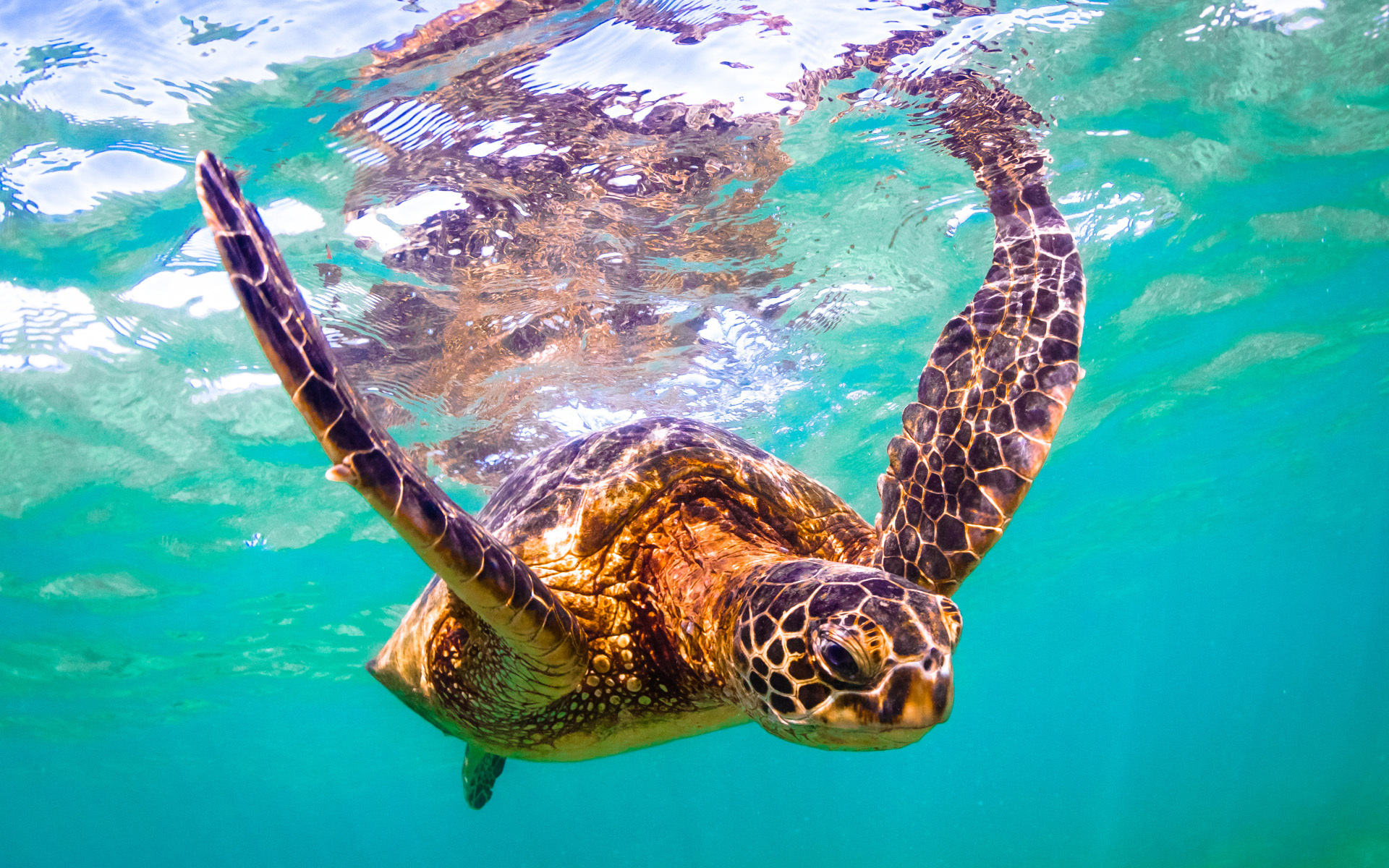 the problems that threaten endangered species. In “Science Matters” we learn about the long-term scientific studies of wolf and moose on Isle Royale, Michigan. The actions taken there showed humans could intervene to reintroduce lost predators when the prey population overwhelmed an island, thereby saving its ecosystem. Writer Carl Safina describes how elephants are different than us, but communicate and are intelligent in astonishing ways – an understanding that should make us stop killing them. We review “The Photo Ark” by National Geographic photographer Joel Sartore, who has dedicated his professional life to documenting endangered species, some of which have since gone extinct. And our intrepid reporter Joan Engebretson tells how she started out reading a quirky travelogue, but learned about the plight of Monarch butterflies.
the problems that threaten endangered species. In “Science Matters” we learn about the long-term scientific studies of wolf and moose on Isle Royale, Michigan. The actions taken there showed humans could intervene to reintroduce lost predators when the prey population overwhelmed an island, thereby saving its ecosystem. Writer Carl Safina describes how elephants are different than us, but communicate and are intelligent in astonishing ways – an understanding that should make us stop killing them. We review “The Photo Ark” by National Geographic photographer Joel Sartore, who has dedicated his professional life to documenting endangered species, some of which have since gone extinct. And our intrepid reporter Joan Engebretson tells how she started out reading a quirky travelogue, but learned about the plight of Monarch butterflies.
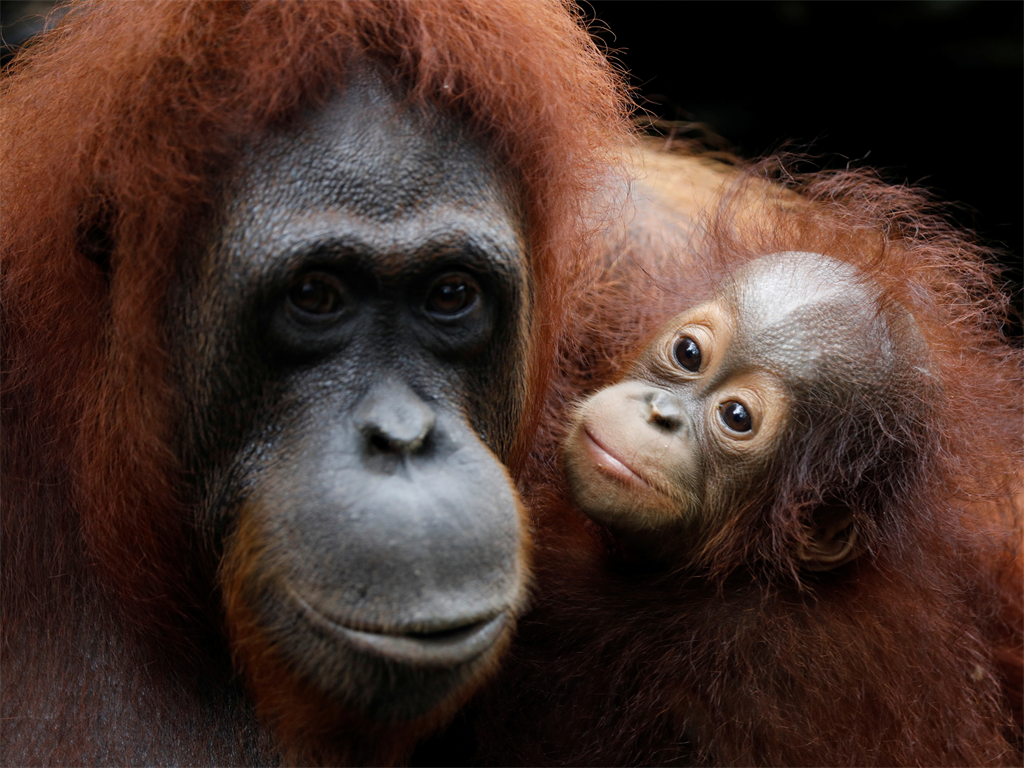 We hope this material motivates you to take action to save endangered species.
We hope this material motivates you to take action to save endangered species.
As always, I have posted the best photos I’ve taken recently. The beauty of nature can lift our spirits as we hope for the pandemic to lift. It can also give us the strength to fight the good fight on issues like climate change and the extinction of species – problems so big they feel insurmountable. But we gardeners shall grow and preserve, as we always do!
May, 2021
![]()
Green Thumb to the Rescue is about gardening; savoring the beauty of nature; learning about threats to the environment and to endangered species; and rescuing the planet.
This is a project by Kathy Parrent, a gardener, writer and photographer in Maryland. She shares her original photos here along with book reviews and guest blogs by friends and followers, young and old.
See Green Thumb's Facebook page for a digest of green news and stunning nature photography compiled from various sources.
